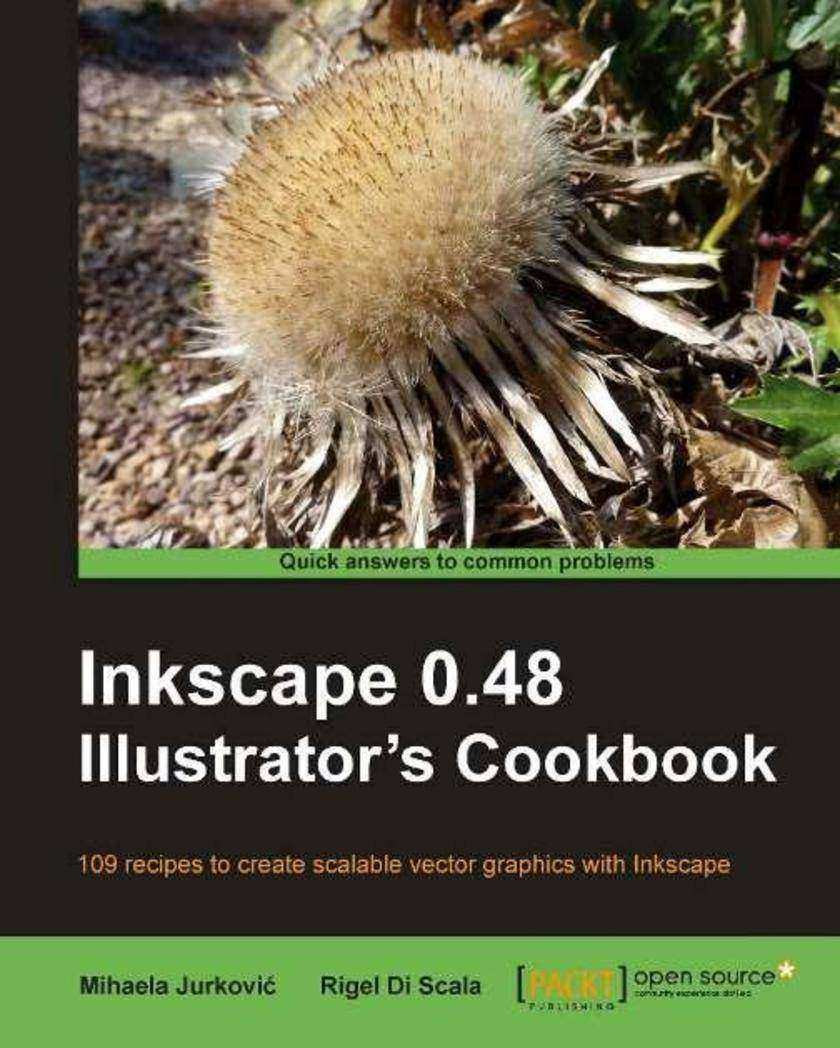
Inkscape Illustrator's Cookbook
¥80.65
Each recipe comprises step-by-step instructions followed by an analysis of what was done in each task and other useful information. The book is designed so that you can read it chapter by chapter, or look at the list of recipes and refer to them in no particular order. It is packed with useful screenshots to make your learning even easier. This book is written for both beginners and developers who have a basic knowledge of Inkscape. With this book illustrators who have just started using Inkscape can quickly dive into the world of Inkscape and graphics editing. Software developers and web designers can learn how to create graphics for their software on their own or build SVG and other web-based interfaces. Users of other graphics editing applications can find out how Inkscape can be used as an alternative to solve common graphics problems.
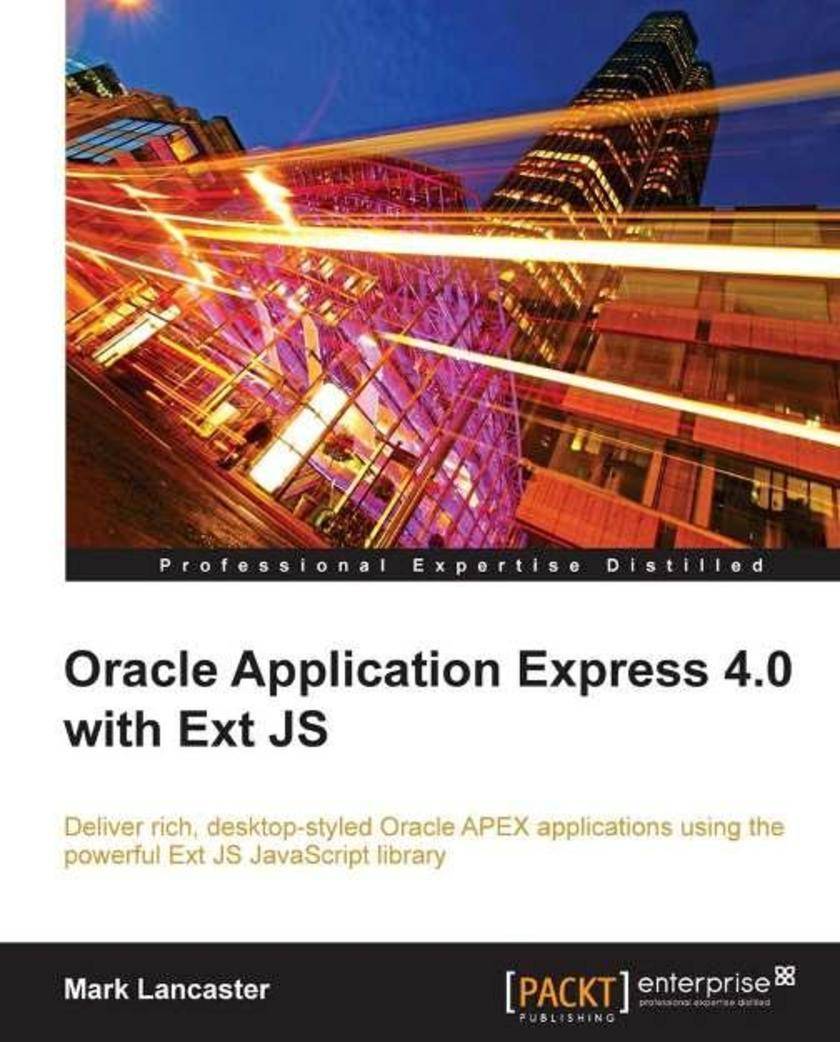
Oracle Application Express 4.0 with Ext JS
¥99.18
This book is written in a clear conversational style, which emphasizes a practical learn-by-doing approach. This step by step guide has illustrative examples to implement Ext JS library features in your Oracle APEX applications If you are an Oracle APEX application developer who wants to take APEX applications to the next level by taking advantage of Ext JS features, this book is for you. Prior knowledge of Oracle APEX is required, however, no prior knowledge of Ext JS is required.
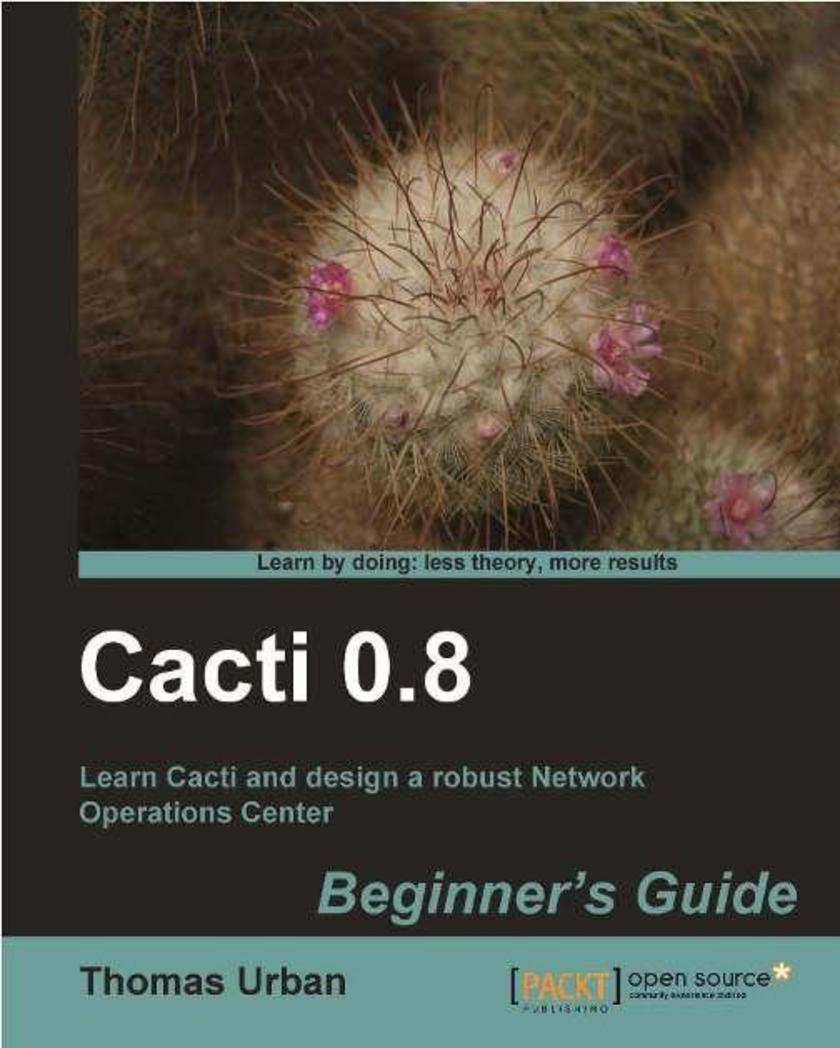
Cacti 0.8 bEginners Guide
¥80.65
Written for beginners to Cacti, this book contains step-by-step instructions and hands-on tutorials for network operators to learn how to implement and use the core Cacti functions. The book is designed in such a way that you can explore it chapter-by-chapter or skip any chapter without missing a beat. If you are a network operator and want to use Cacti for implementing performance measurement for trending, troubleshooting, and reporting purposes, then this book is for you. You only need to know the basics of network management and SNMP.
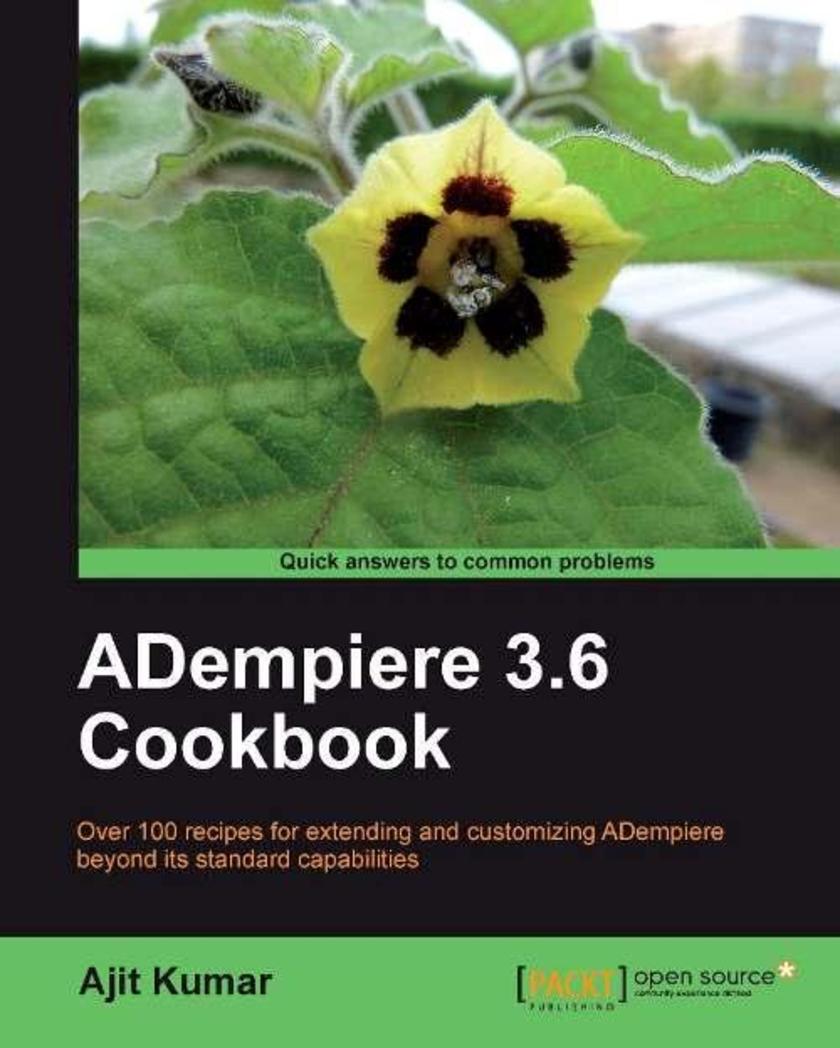
ADempiere 3.6 Cookbook
¥107.90
Written in a cookbook style, this book offers solutions using a recipe-based approach. Each recipe contains step-by-step instructions followed by an analysis of what was done in each task and other useful information. The cookbook approach means you can dive into whatever recipes you want in no particular order.If you want to easily implement ADempiere in your organization, this book is for you. This book will also be beneficial to system users and administrators who wish to implement an ERP system. Only basic knowledge of ADempiere is required. This cookbook will build on that basic knowledge equipping you with the intermediate and advanced skills required to fully maximize ADempiere. A basic knowledge of accounting and the standard business workflow would be beneficial.
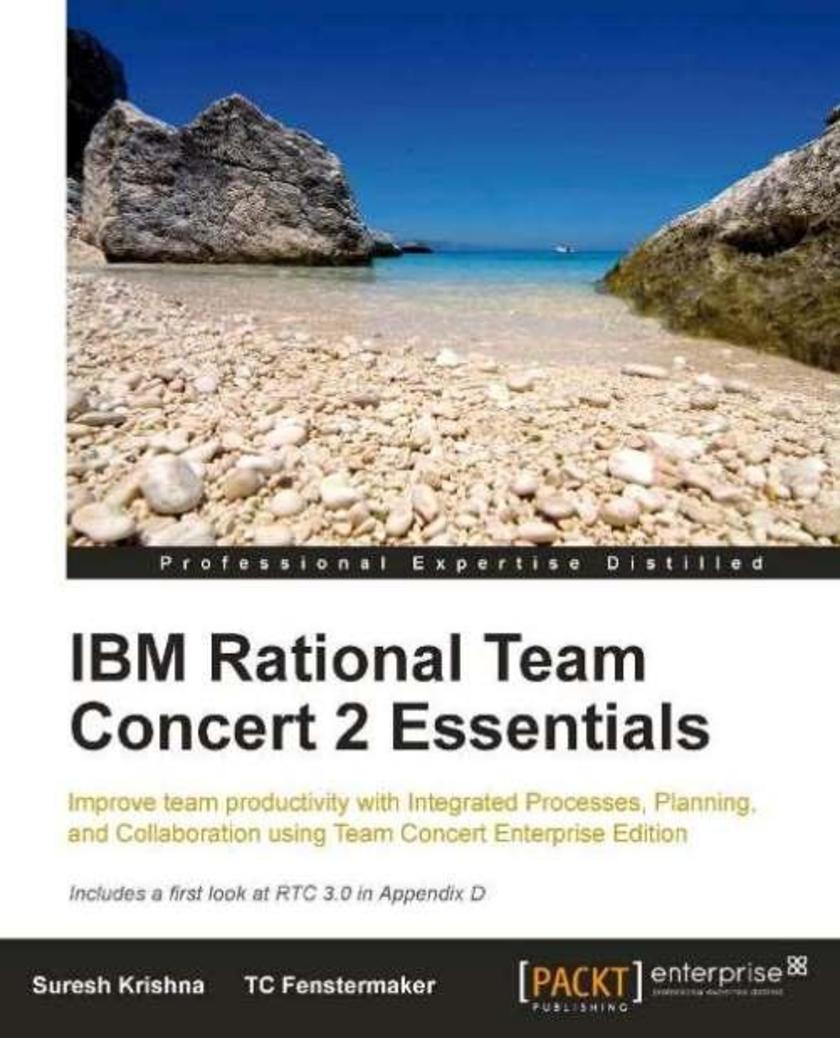
IBM Rational Team Concert 2 Essentials
¥99.18
With their straightforward style, Suresh Krishna and TC Fenstermaker have put their years of experience and motivation into this practical guide that assists in finding an integrated approach to increased team productivity. The numerous tips, notes, and suggestions strengthen your grasp of fundamentals and the foundation upon which you are ready to build your customized Rational Team Concert application. Ample screenshots make sure that you get the configurations correct the first time. A real-world Book Manager Application walks you through all the core features of the Rational Team Concert during different phases of development and release. If you are a Project Manager or a Team Member, who would like to find an integrated approach to deal with modern software development challenges, you should read this book. Or if you are someone who likes to stay one step ahead in team management, you have got the right choice here.
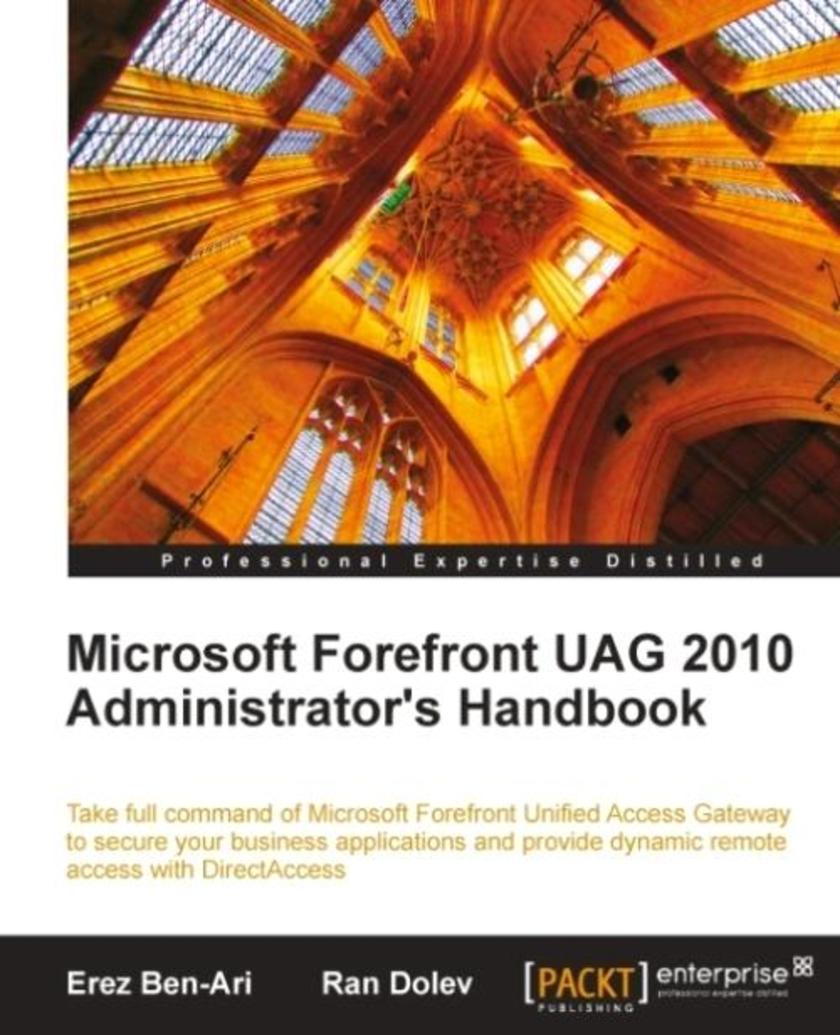
Microsoft Forefront UAG 2010 Administrator's Handbook
¥107.90
This book is a hands-on guide, describing concepts, ideas and terminology related to UAG and related technologies. The book starts with a discussion of terms that UAG technology is based on, and proceeds with step-by-step guidance for performing the various tasks related to UAG's core features. Each topic is preceded by a discussion of considerations that the administrator and the organization needs to go through to prepare for the task at hand, and includes plenty of screenshots illustrating what the administrator should expect to see on-screen, with real-life examples of configuration options. If you are a Networking or Security engineer who intends to integrate UAG into the organization network, then this book is for you. You need no experience with UAG or its predecessors, though basic understanding of Networking and Windows Server management and engineering is required. Experience with security systems like Firewalls would also help you to better understand some of the topics covered by this book.
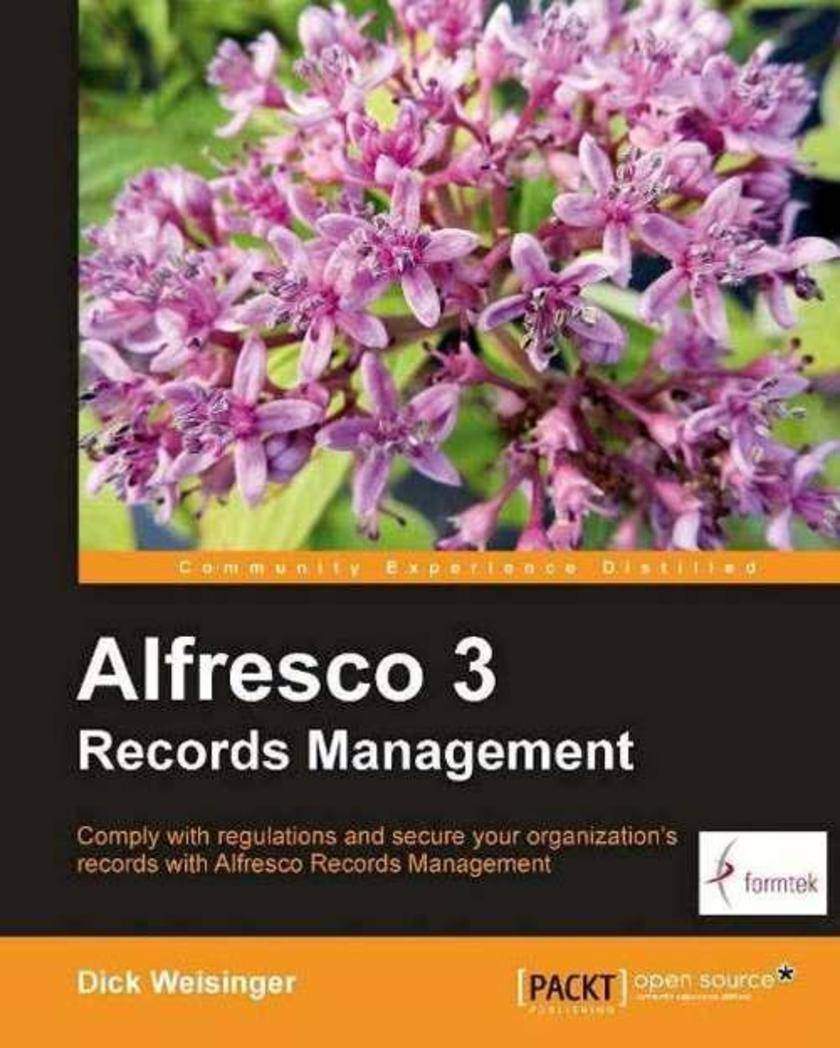
Alfresco 3 Records Management
¥116.62
This book is structured in a sequential way that walks you through the steps necessary to set up your Alfresco Records Management system. Chapters follow a logical progression with each chapter building on the knowledge and implementation details learned in earlier chapters. If you are a records manager, business analyst, or a software developer, and want to implement the Alfresco Records Management program for your organization, then this book is for you. You don't require any prior knowledge of Alfresco Share software to follow this book.
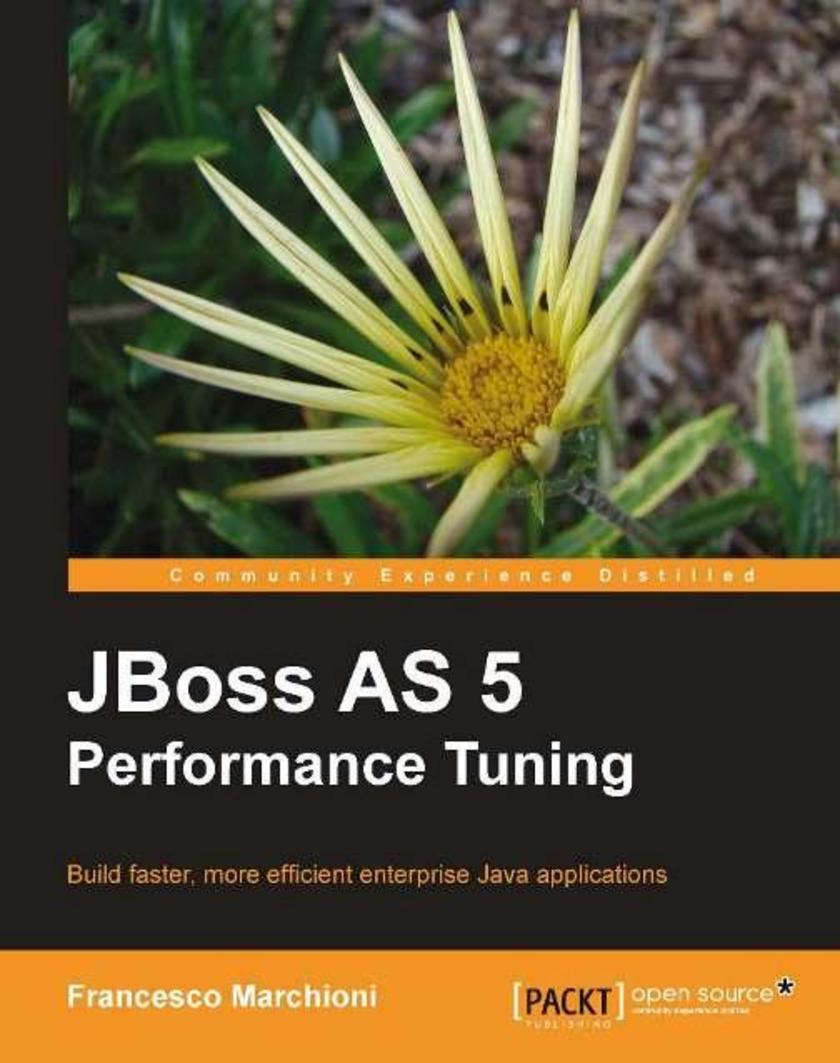
JBoss AS 5 Performance Tuning
¥80.65
Packed with practical examples, this book looks at a different aspect of performance tuning in each chapter and shows the reader how to apply them to their existing Java applications. Written to version 5.1, this book also has information about the upcoming 6.0 release and how you can upgrade your existing applications. This book is for Java architects who design and configure Enterprise applications. It is great for Java developers who want to get into the inner details of the application server and of the correct tuning methodology. Application testers will also find this book useful as they will learn how to monitor the performance of the middleware with the correct instruments.

Ogre 3D 1.7 Beginner's Guide
¥80.65
This book is an example-driven introduction to OGRE 3D. Each example shows some new features and you learn step-by-step to create complex scenes with different effects using OGRE 3D. After several examples discussing one topic there is a do-it-yourself part where you will be challenged to solve problems on your own. If you have ever wanted to develop 3D applications with OGRE 3D, this example-driven book will enable you to do so. Understanding of C++ is needed to follow the examples in the book.
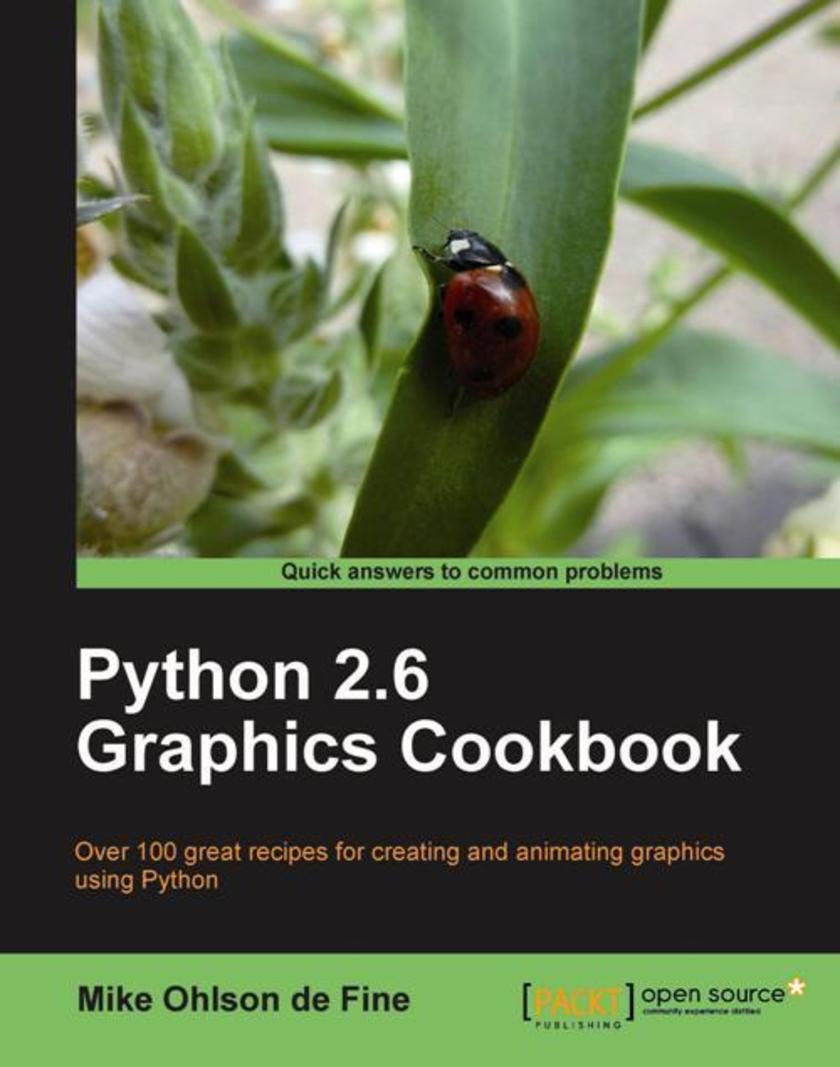
Python 2.6 Graphics Cookbook
¥80.65
This book has recipes that show enthusiastic users how easy graphic programming can be. Simple explanations in plain English are used. The recipes are built up, in each chapter, starting as simply as possible and moving to more complex programs with which you can comfortably create 2D vector graphics and animations. You will learn how to combine both vector and photo images seamlessly! If you are looking to create animated graphics to represent real-world scenarios then this book is for you. Teachers, scholars, students, and engineers who know it is possible to make fascinating models and demonstrations but have not found a handbook that pulls it all together in one place will find what they need in this recipe bank. Basic knowledge of Python programming is required and access to the Web and Google will be useful.
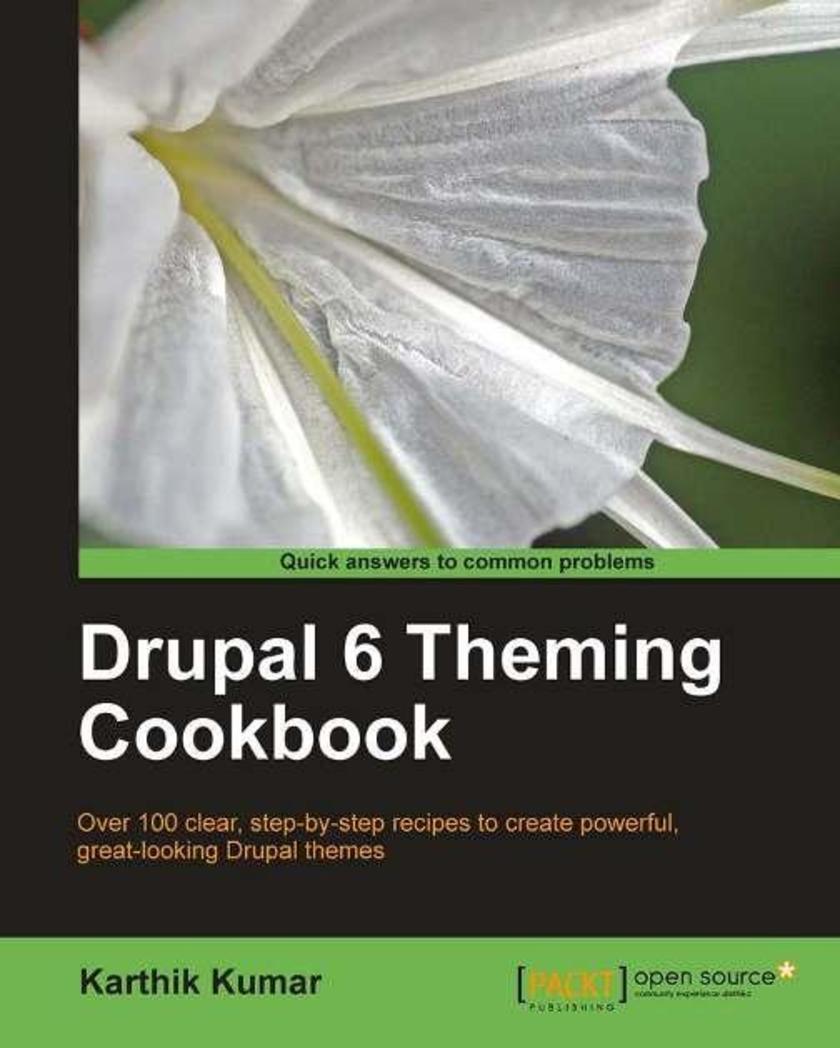
Drupal 6 Theming Cookbook
¥80.65
Written in cookbook style, this book offers solutions to all common theme design problems through recipes. Each recipe contains step-by-step instructions followed by the analysis of what was done in each task and other useful information. The book is designed so that you can read it chapter by chapter, or you can look at the list of recipes and refer to them in no particular order. This book is written for Drupal developers who want to refresh the look and feel of their sites. If you are a Drupal site administrator who is looking to go beyond the basics and customize the presentational aspects of your Drupal site, then this book is for you. It assumes that readers are familiar with rudimentary PHP and acquainted with Drupal installation and general usage. Readers are also expected to have knowledge of CSS and XHTML.
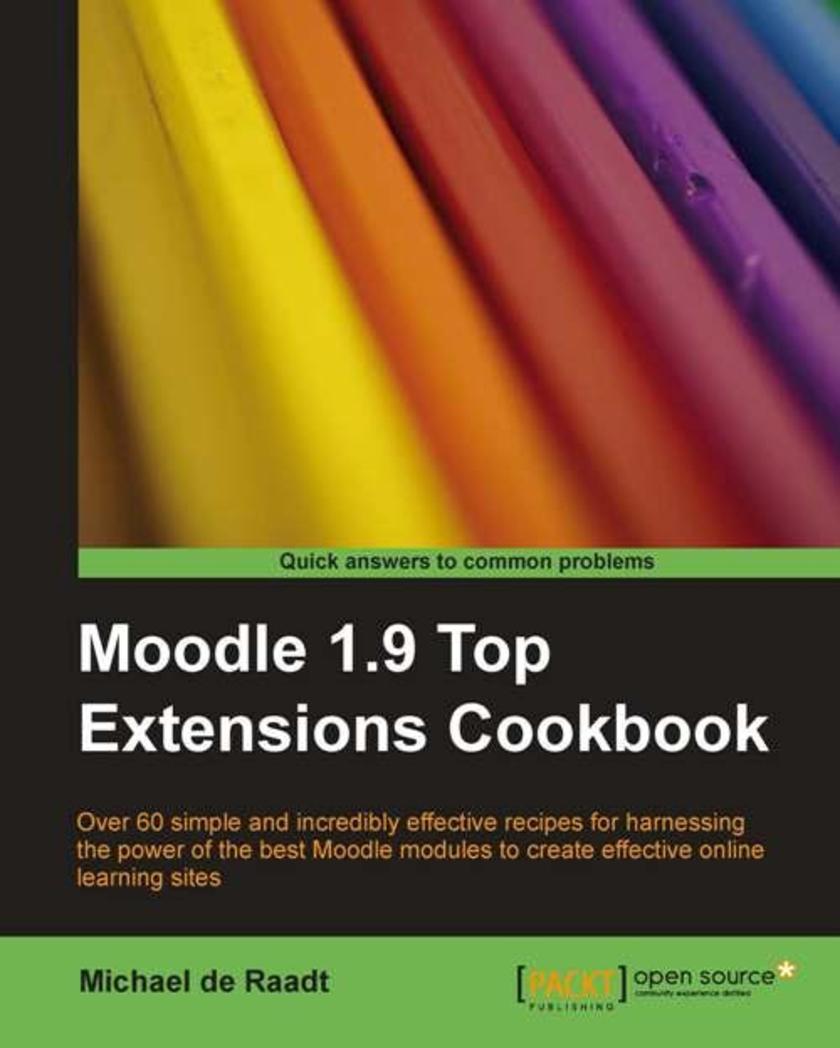
Moodle 1.9 Top Extensions Cookbook
¥80.65
The disorganised array of modules available for Moodle are brought together in ways you can relate to. Reviews include details that will help you decide if a module is worth testing. There are illustrated, step-by-step guides to installing and configuring modules. If you are involved in teaching using Moodle, be it at relatively small institutions running their own Moodle instance, or at large institutions where Moodle is used and administered, or you are an administrator of a Moodle instance who is looking for modules that will be useful to teachers and students at their institution, this book is meant for you.
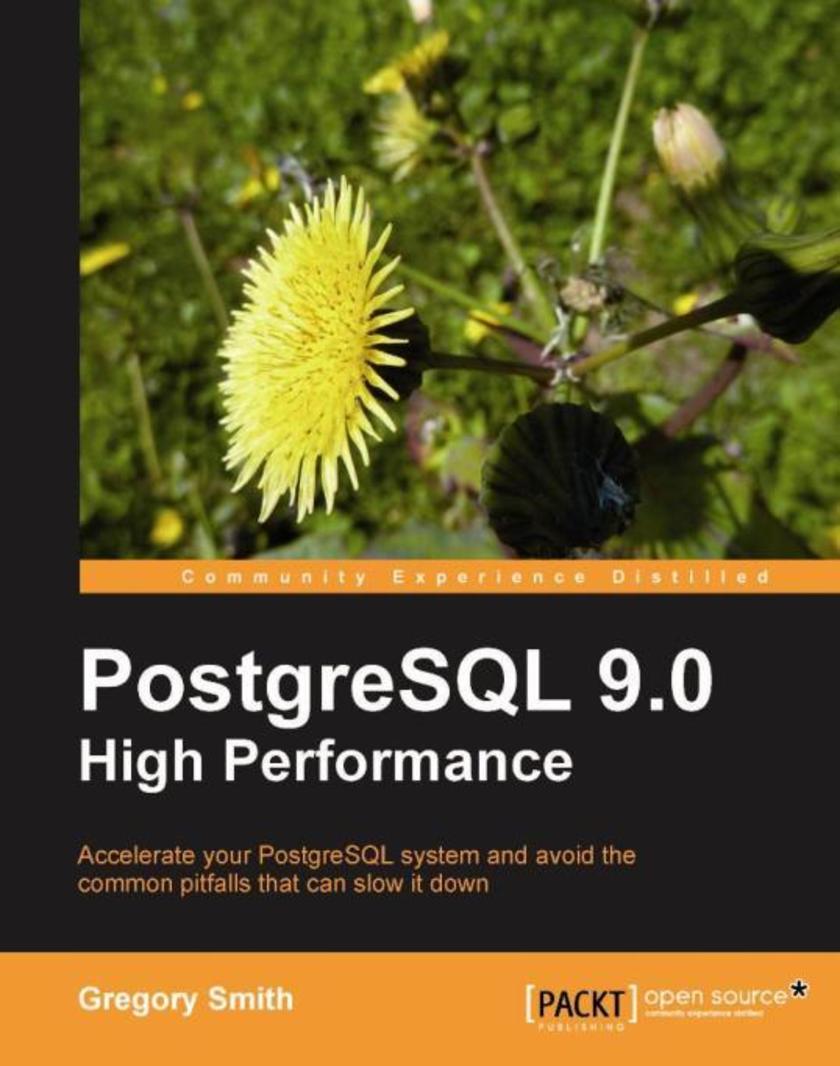
PostgreSQL 9.0 High Performance
¥90.46
Improving database performance requires an equal mix of understanding theoretical concepts and working through hands-on examples. You'll find both here. Many of the examples given will be immediately useful for monitoring and improving your PostgreSQL deployments, providing insight into hard-to-obtain information about your database. This book is aimed at intermediate to advanced database administrators using or planning to use PostgreSQL. Portions will also interest systems administrators looking to build or monitor a PostgreSQL installation, as well as developers interested in advanced database internals that impact application design.
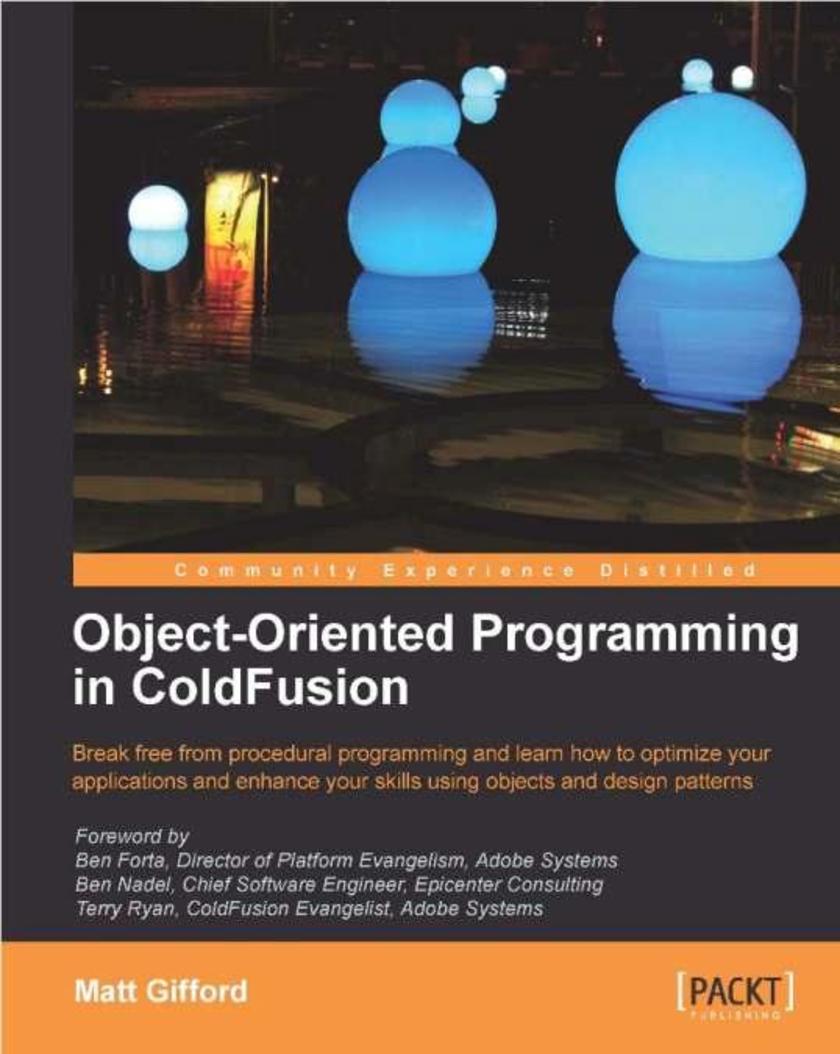
Object-Oriented Programming in ColdFusion
¥71.93
This book is a fast-paced tutorial to developing ColdFusion applications using an object-oriented programming approach. Complete with code examples that can be altered and applied to your application and careful explanations, this book will guide you through your first interaction with object-oriented programming within your ColdFusion applications. If you are a web developer wanting to implement object-oriented programming with ColdFusion, then this book is for you. If your goal is to get a good grounding in the basics of object-oriented programming concepts, this book is perfect for you. No prior knowledge of object-oriented programming is expected, but basic knowledge of ColdFusion development skills is assumed.
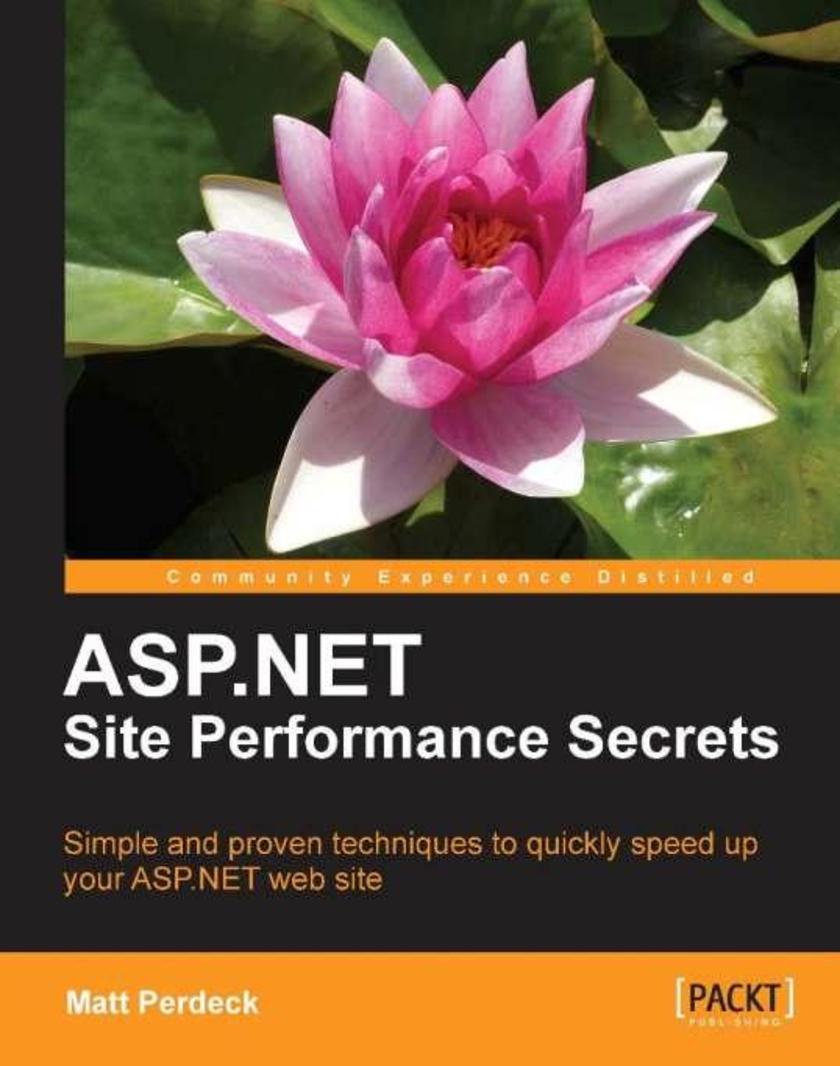
ASP.NET Site Performance Secrets
¥107.90
Written in a practical and clear conversational style, this book is filled with real-life website performance scenarios. It is replete with lots of working code samples and practical advice, and just the right amount of theory you need to make sense of it all. This book is written for ASP.NET/SQL Server-based website developers who want to speed up their site using simple, proven tactics without going through a lot of unnecessary theoretical learning. If your website isn't performing well, this is the ideal book for you.

Mastering phpMyAdmin 3.3.x for Effective MySQL Management
¥71.93
This is a step-by-step instructional guide to get you started easily with phpMyAdmin and teach you to manage and perform database functions on your database. You will first be introduced to the interface and then build basic tables and perform both simple and advanced functions on the created database. The book progresses gradually and you will follow it best by reading it sequentially. If you are a developer or system administrator or web designer who wants to manage MySQL databases and tables efficiently, this book is for you. This book assumes you already are well acquainted with MySQL basics. This book is a must-read for every serious phpMyAdmin user who would like to use this outstanding application to its full power.
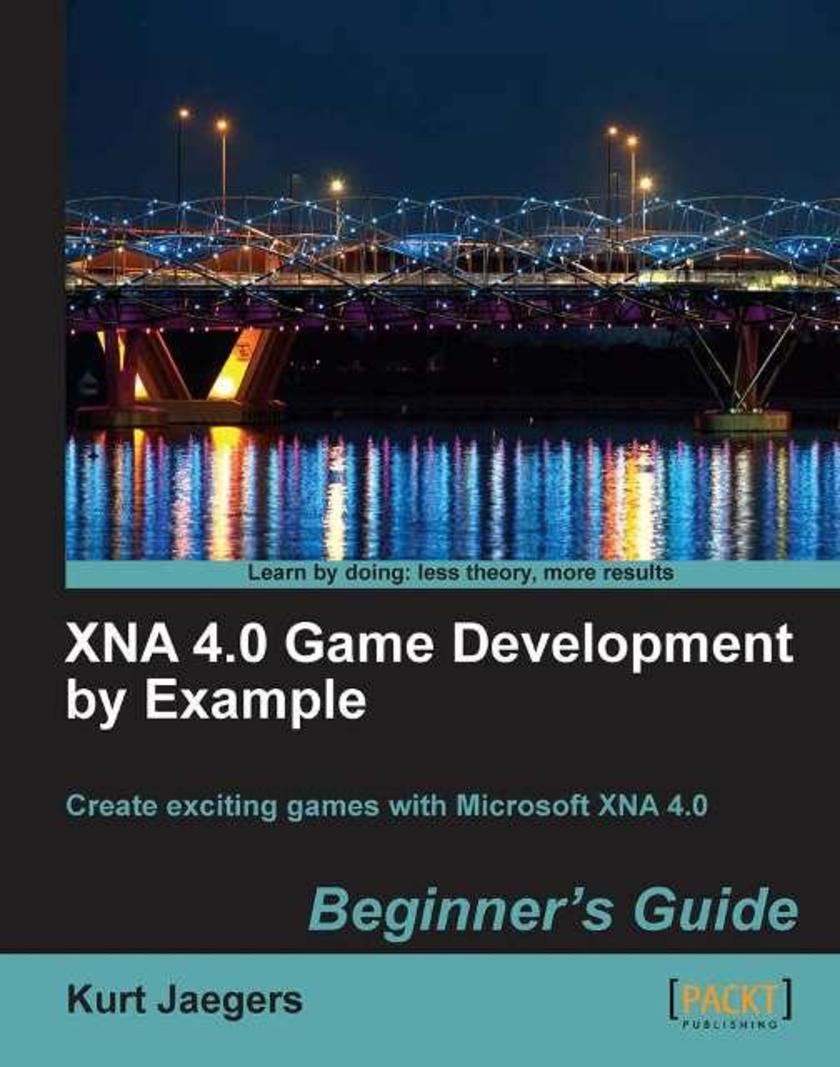
XNA 4.0 Game Development by Example: Beginner's Guide
¥80.65
This book is a step-by-step tutorial that includes complete source code for all of the games covered. It adopts an engaging style to teach all the game development concepts. Each block of code is explained, and game development concepts are diagrammed and covered in detail. Each game begins with a concept de*ion and concludes with suggestions for expanding on the finished game. If you are an aspiring game developer who wants to take a shot at creating games for the Microsoft Windows platform with the XNA Framework, then this book is for you. Using this book, you can get started with creating games without any game development experience. A basic knowledge of C# would be helpful to kick-start your game development, but it's not essential.
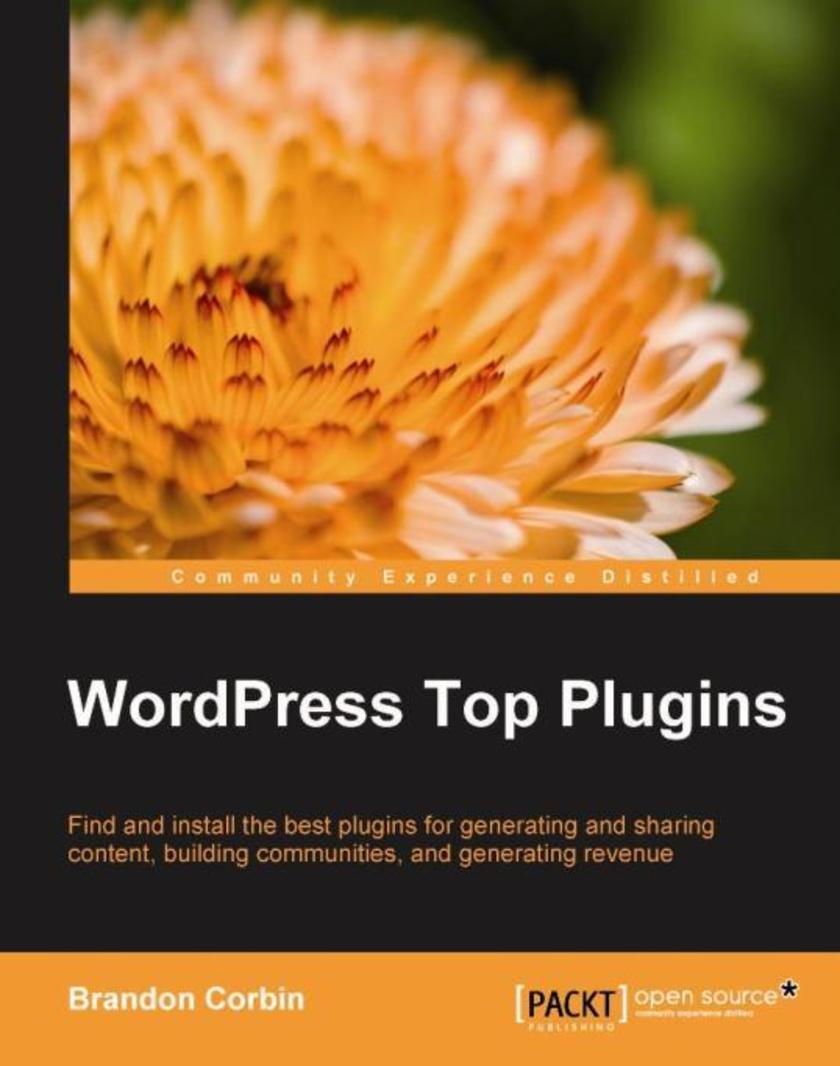
WordPress Top Plugins
¥71.93
Regardless of whether this is your first time working with WordPress, or you’re a seasoned WordPress coding ninja, WordPress Top Plugins will walk you through finding and installing the best plugins for generating and sharing content, building communities and reader base, and generating real advertising revenue.
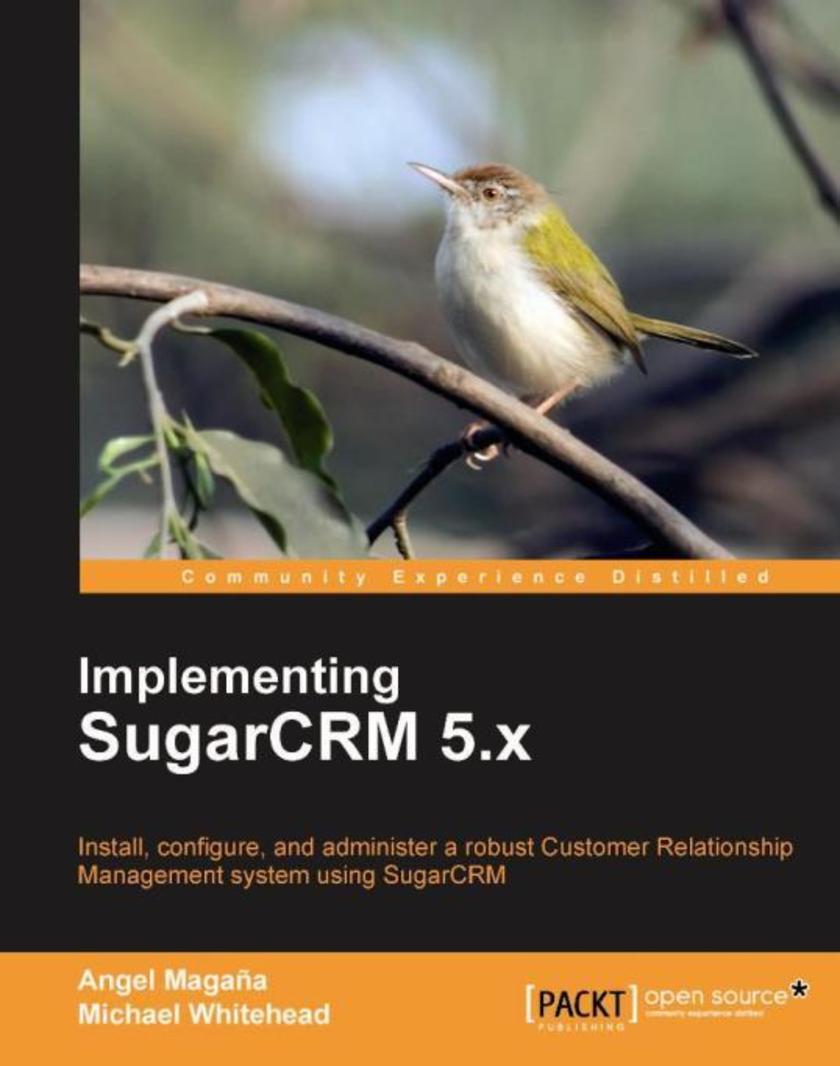
Implementing SugarCRM 5.x
¥90.46
The book works from the SugarCRM basics right up to advanced features in a clear and friendly way. It follows a combination of theoretical discussions relating to varying business needs and the manner in which CRM technology can address them. By helping you clarify your business goals the book enables you to build a CRM system to support your business needs. If you are a small-medium business owner/manager with reasonable IT skills, a system implementer, or a system administrator who wants to implement SugarCRM for yourself either as a first CRM or as a replacement for existing solutions, this book is for you. Existing SugarCRM users who want to broaden their understanding of the topic will find this book valuable too. No programming knowledge is required to use this book to implement, customize, and use SugarCRM.
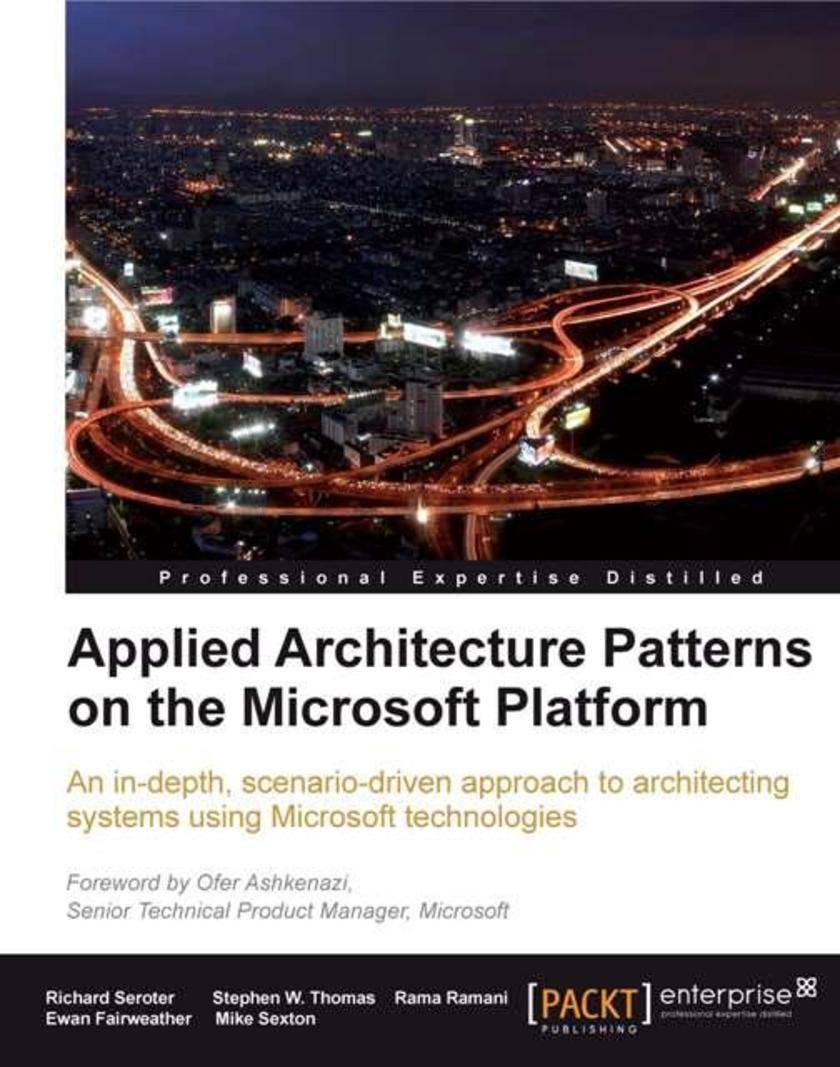
Applied Architecture Patterns on the Microsoft Platform
¥107.90
The book consists of a set of business scenarios and corresponding solution critiques. Each "use case" chapter is made up of a problem de*ion, assessment of implementation options, and the selection of the ideal solution candidate. We then construct the solution using the chosen Microsoft technology. This book is for architects, developers, and managers who need to improve their knowledge of the Microsoft application platform. This book will appeal to anyone who wants to get up to speed on selecting the most appropriate platform for a particular problem. Consultants and executive leadership will also find significant value in this book. A good understanding of the general Windows platform and development technologies would be helpful.

iAd Production Beginner’s Guide
¥90.46
This beginner's guide focuses on getting you through all the major learning points in a smooth, logical order. You'll also see how to avoid some common pitfalls. This book is for brands, advertisers and developers who want to create compelling, emotive, iAd advertisements that generate revenue and increase brand awareness. You don’t need previous experience of creating adverts or apps for iPhone and iPad, as you’ll be taken through the entire process to make motion-rich, beautiful ads.




 购物车
购物车 个人中心
个人中心



